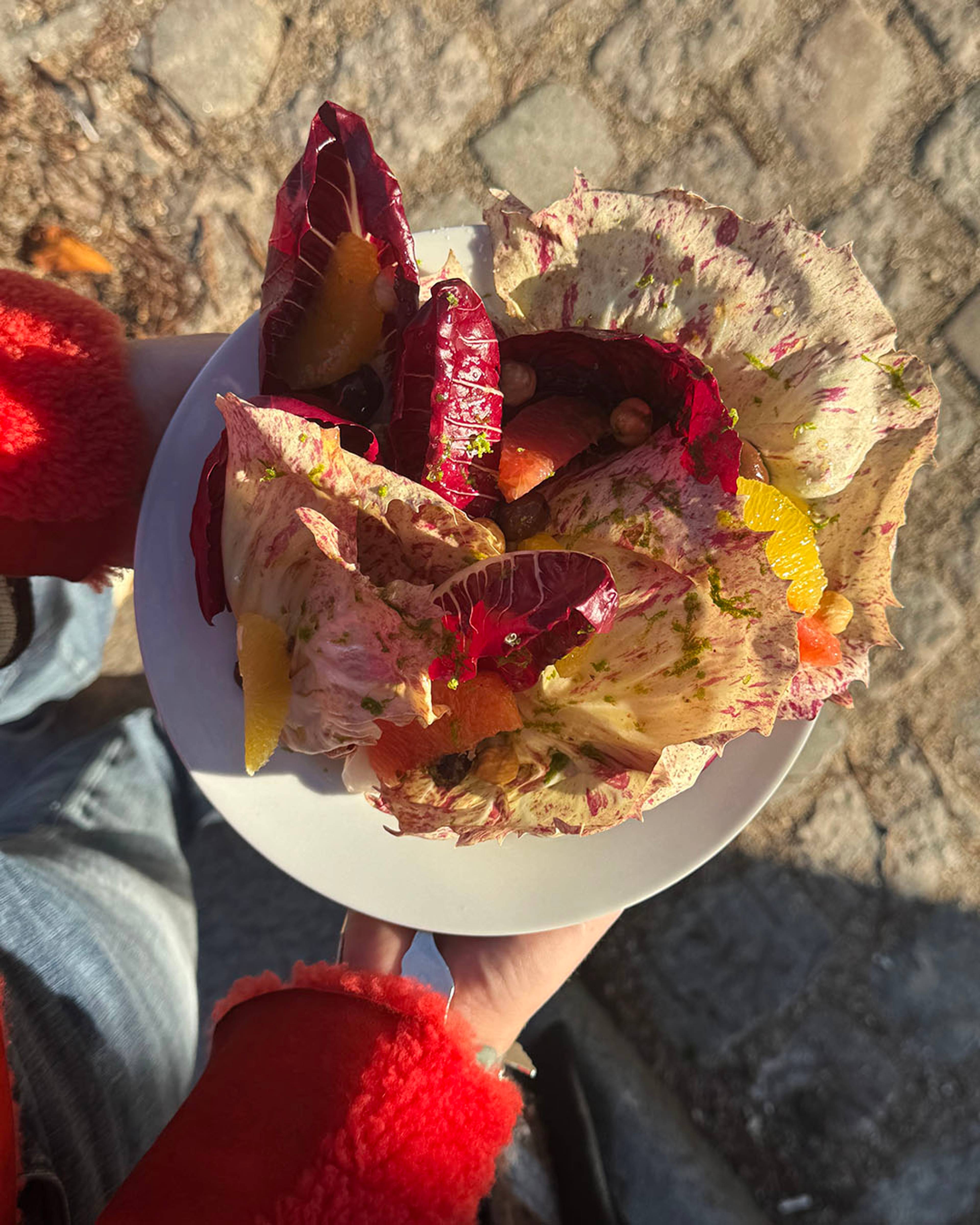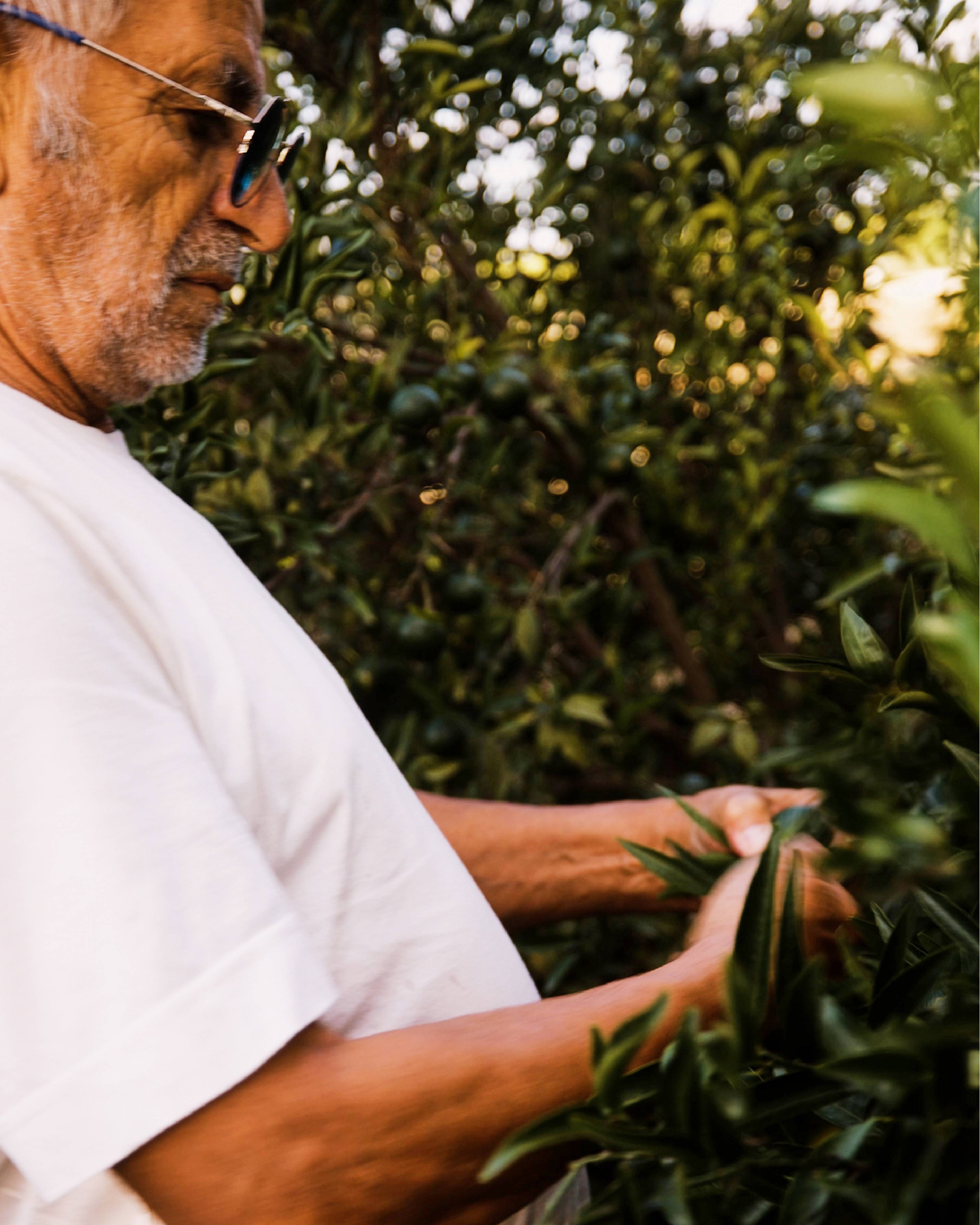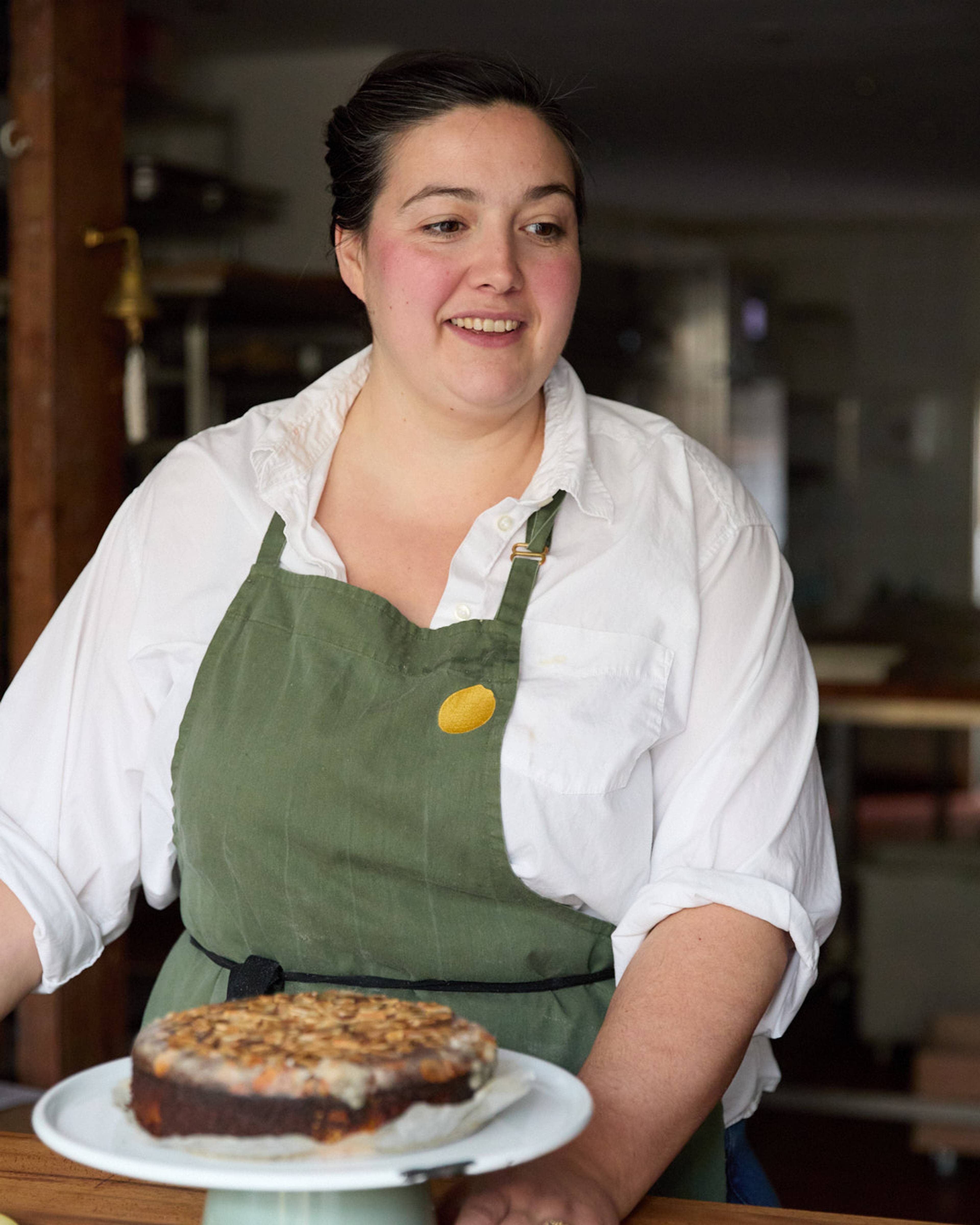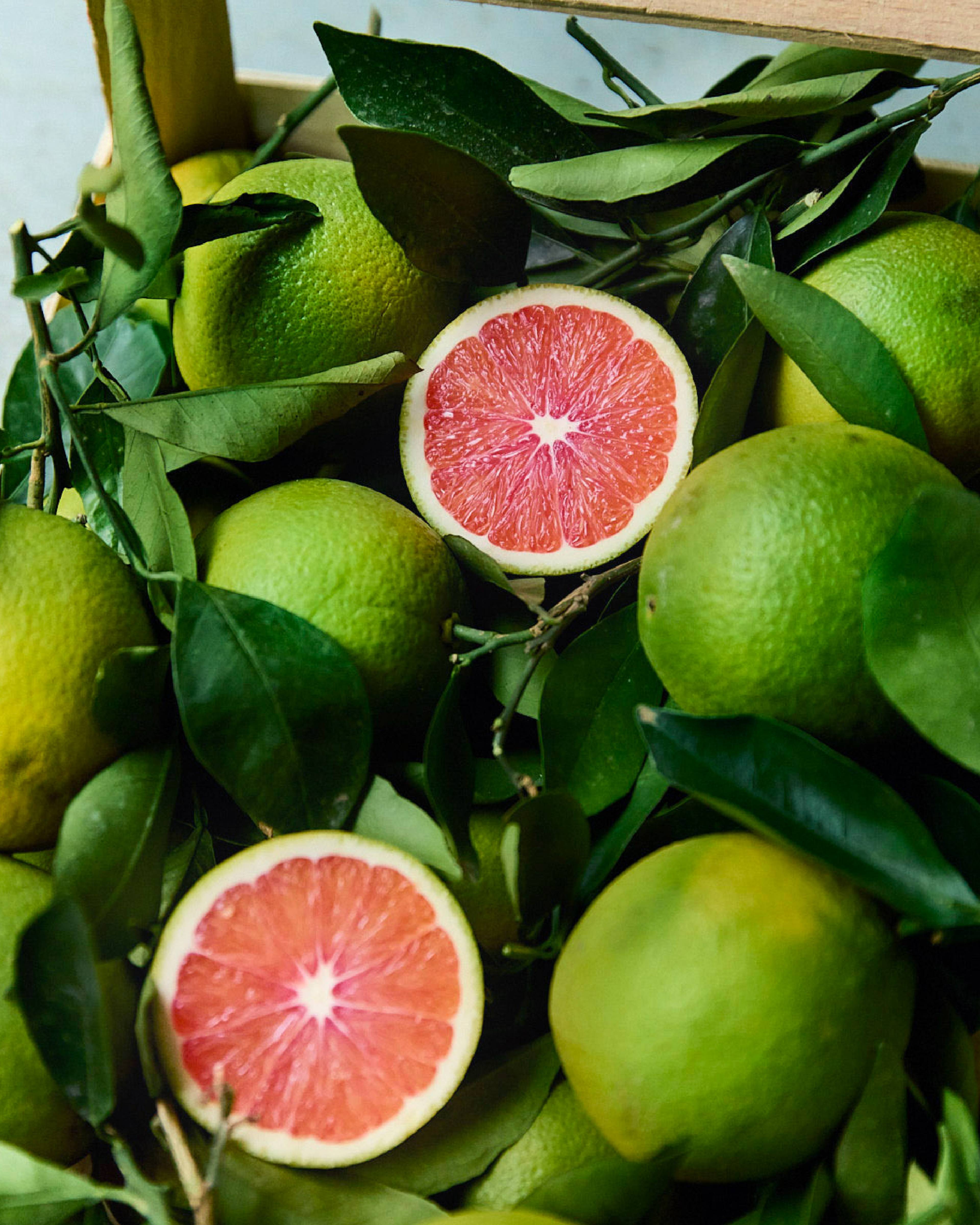FRIED DATE-FILLED MAKROUD WITH BEN MIMS

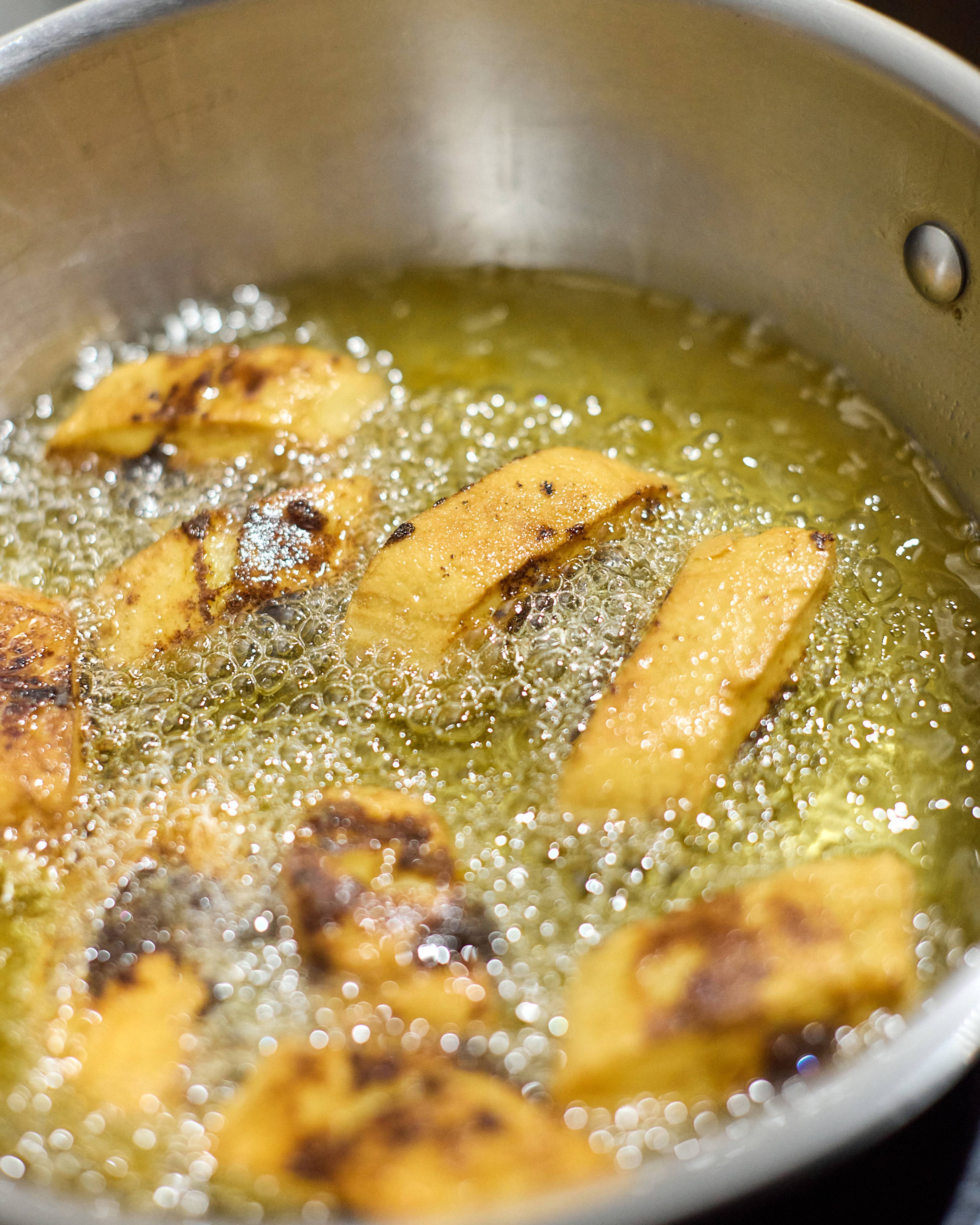
There are few chefs who could claim to be as strong an authority on cookies and biscuits as Ben Mims.
Published at the end of last year, Ben’s cookbook Crumbs includes over 300 different cookie recipes from 100 countries, from Guatamalan “Tortilla” cookies to Croatian Skoljkice.
He recently joined us in the kitchen to make one of the recipes from the book – Fried Date-Filled Makroud, which originates from Tunisia and Algeria – using sweet, toffee-rich dates. Read on for the method, and to hear from Ben about Crumbs, his favourite global cookie cultures, and how seasonality figures in cookie-making.
FRIED DATE-FILLED MAKROUD
INGREDIENTS
For the dough
½ cup (120 ml) warm water
¼ teaspoon crushed saffron threads
2 ¾ cups (425g) fine semolina flour
½ teaspoon fine sea salt
¼ teaspoon baking soda
½ (120 ml) cup vegetable oil or melted clarified butter or ghee
For the date filling
225g pitted soft dates
¼ cup (60 ml) boiling water
3 tablespoons plain olive oil (not extra-virgin)
½ teaspoon ground cinnamon
¼ teaspoon ground cloves
¼ teaspoon fine sea salt
Finely grated zest of one orange
For the honey syrup
1 cup (250 ml) water
⅔ cup (140g) caster sugar
½ cup (170g) honey
2 tablespoons fresh lemon juice
2 tablespoons orange blossom water
¼ teaspoon fine sea salt
To finish
Vegetable oil for frying
Toasted sesame seeds for sprinkling
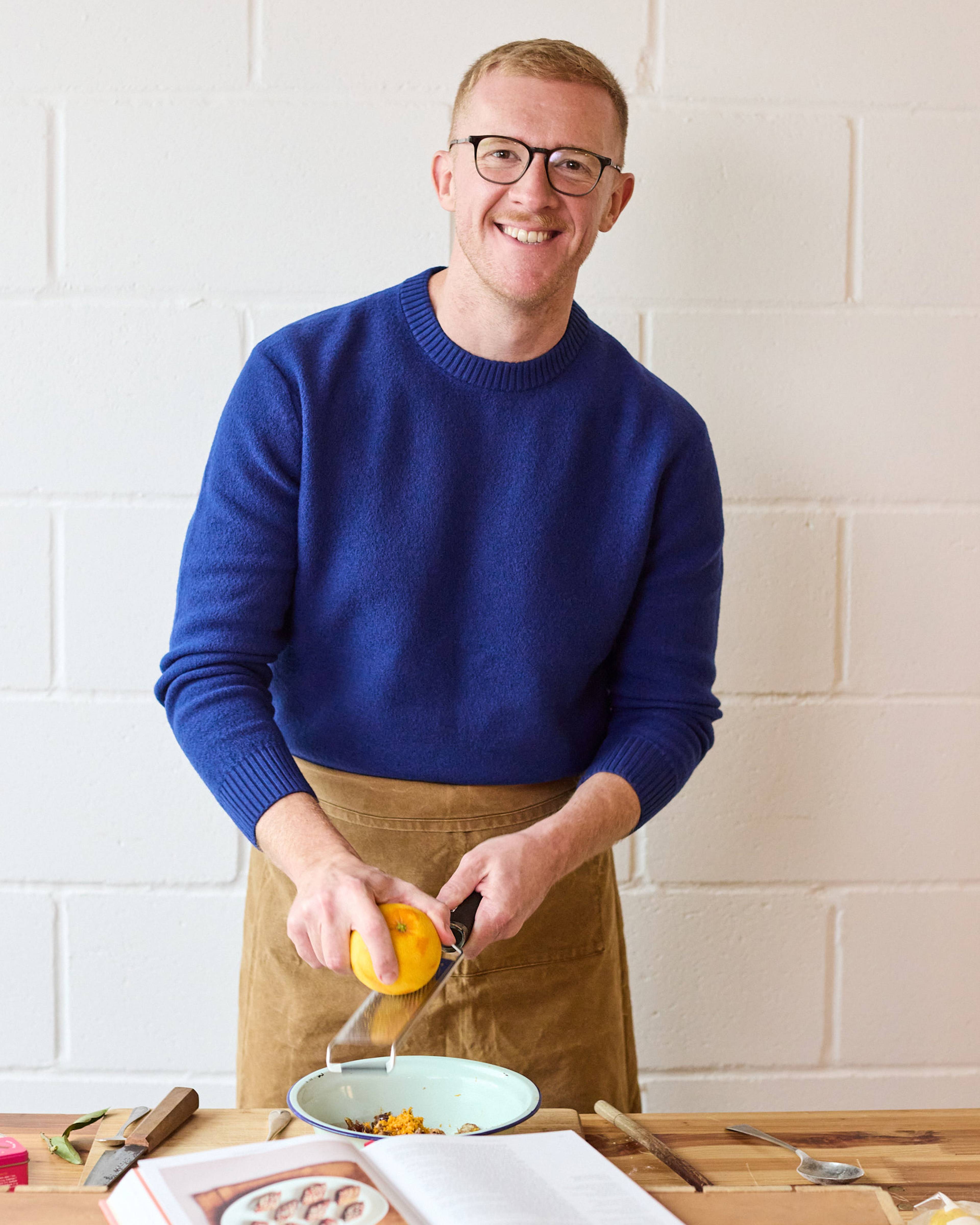
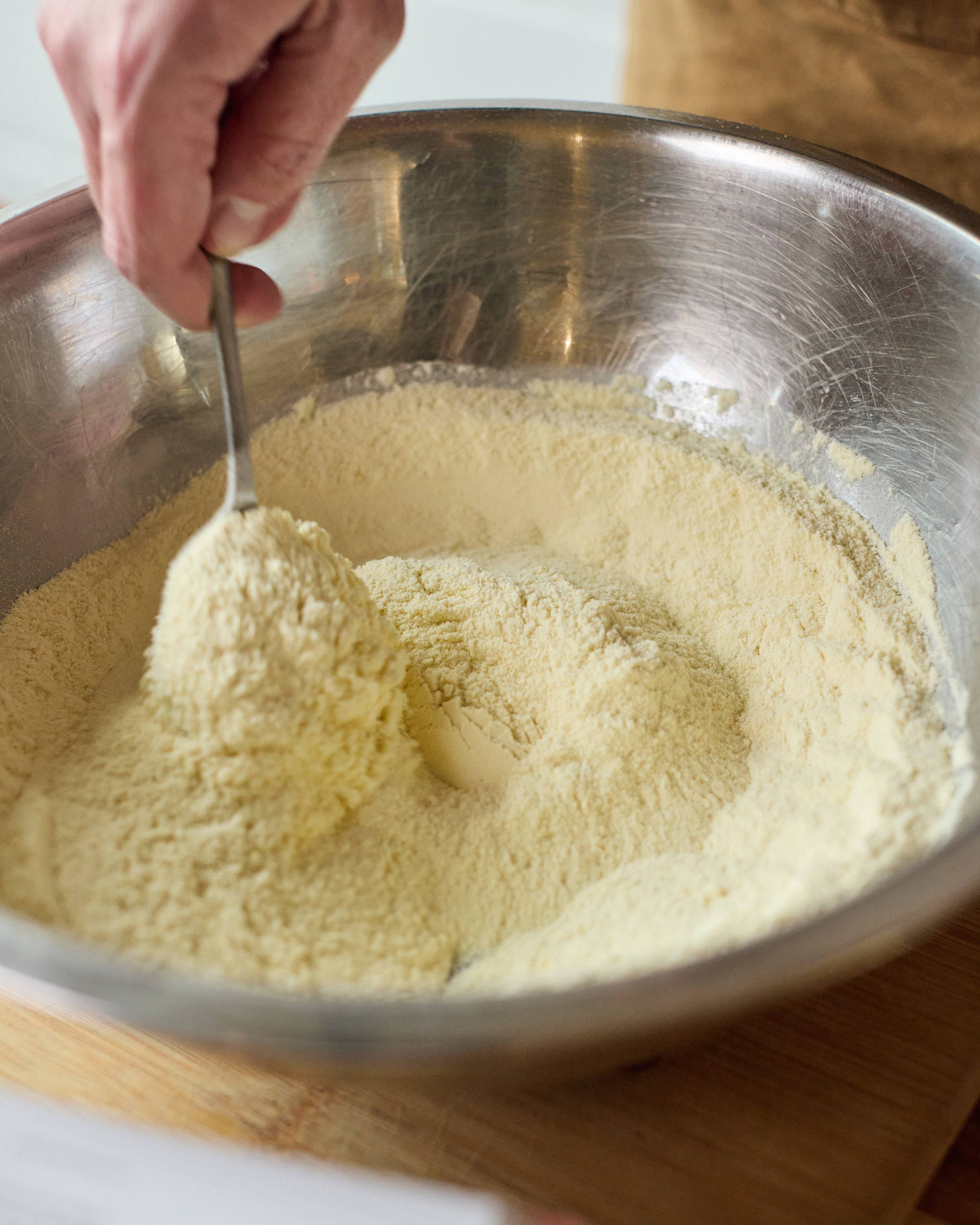
METHOD
Make the dough. In a small bowl, combine the warm water and saffron and let stand for five minutes.
Meanwhile, place the semolina in a large bowl and form a well in the centre. Stir the salt and baking soda into the saffron water and then pour the mixture into the well of semolina along with the oil. Stir until a smooth dough forms and there are no dry patches of semolina remaining. Shape the dough into a ball, divide into two equal portions, and shape each piece into a ball. Wrap each ball separately and let them stand at room temperature for one hour.
Meanwhile, make the filling. In a food processor, combine the dates, hot water, olive oil, cinnamon, cloves, salt, and orange zest and pulse until it forms a smooth paste. Divide the filling in half into a small plastic piping bag or zip top food storage bag. Set aside until ready to use; do not snip the tips off yet.
Make the honey syrup. In a small saucepan, combine the water, sugar, honey, lemon juice, orange blossom water, and salt. Bring to a simmer over medium-high heat. Reduce the heat to maintain a gentle simmer and cook, stirring occasionally, until slightly reduced, about 20 minutes.
On a lightly floured work surface, unwrap one ball of dough and shape it into a log 12 inches long. Using your thumb, press along the top to flatten the middle, creating a narrow trench. Snip the bottom corner of one bag of filling and pipe it into the trench. Using your fingers, bring the dough on either side of the trench up and over to cover the filling, pinching to seal it shut. Roll the log back and forth, elongating it to 18 inches, while also smoothing its seam.
Using the zesting side of a box grater, gently stamp the pattern of the holes on top of the log while flattening it slightly to ¾ inch thick. Using a paring knife, trim and discard the ends, then cut the log on the diagonal every 1 inch to create diamonds. Repeat with the remaining dough and filling to make more diamonds.

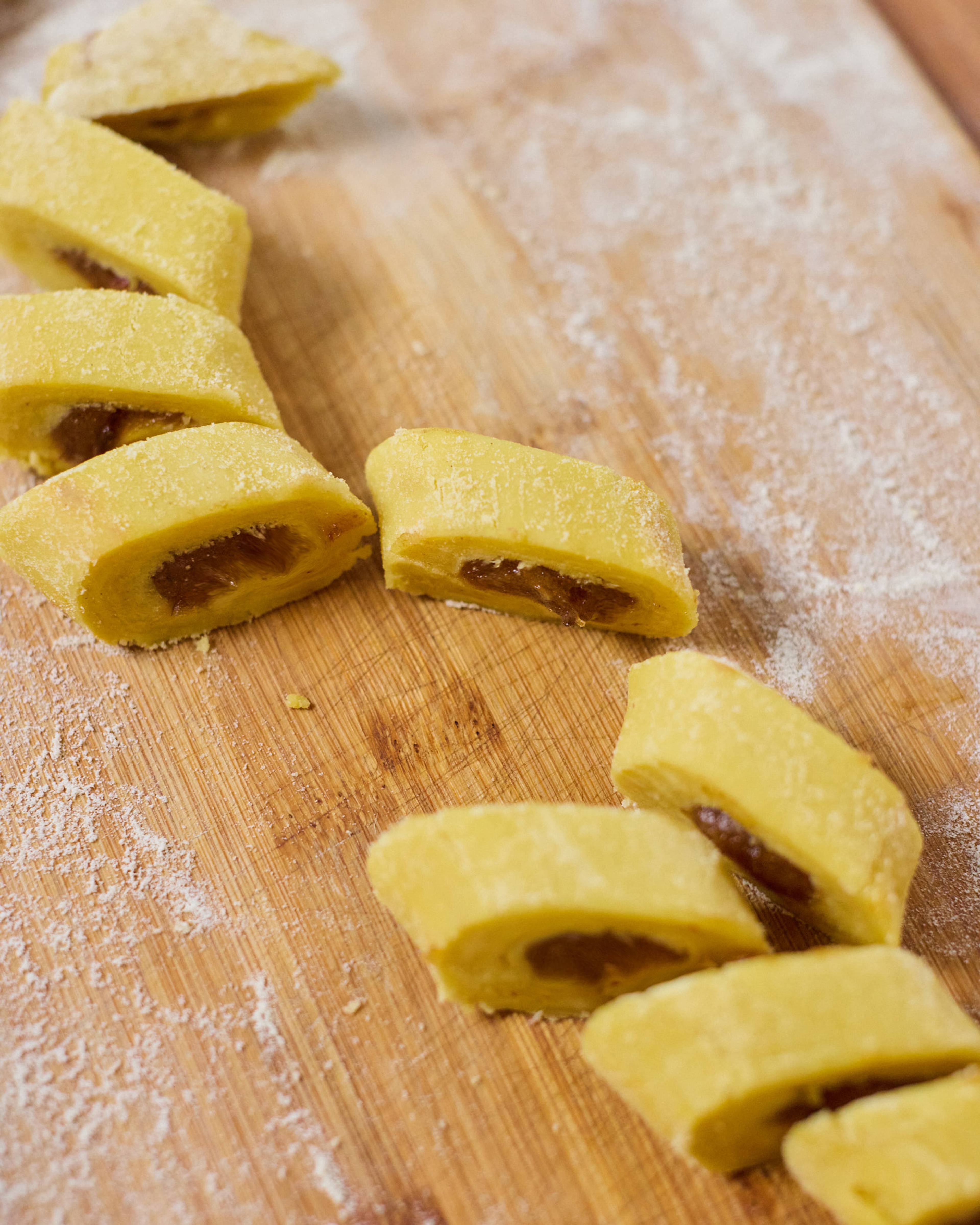
To finish: Line a large baking sheet with paper towels. Place a serving platter next to it. Place a slotted spoon in the cooled honey syrup.
Pour enough oil into a large frying pan to come ½ inch up the sides of the pan. Heat the oil over medium-high heat until it registers 350 degrees Fahrenheit (177 degrees Celcius) on a deep-fry thermometer.
Working in four batches, fry the diamonds, flipping halfway through, until golden brown all over, 3-4 minutes total.
Using tongs, remove the cookies from the oil and transfer to the paper towels to drain for 10 seconds, then place them directly in the honey syrup, turning to ensure they’re fully coated. Lift the cookies from the syrup with the slotted spoon, let the excess drain away, then transfer them to the platter. Repeat frying and coating the remaining cookies.
If you like, sprinkle the top of the cookies with sesame seeds before serving. For storing, pour any remaining syrup around the cookies on the platter and store at room temperature, covered in plastic wrap.
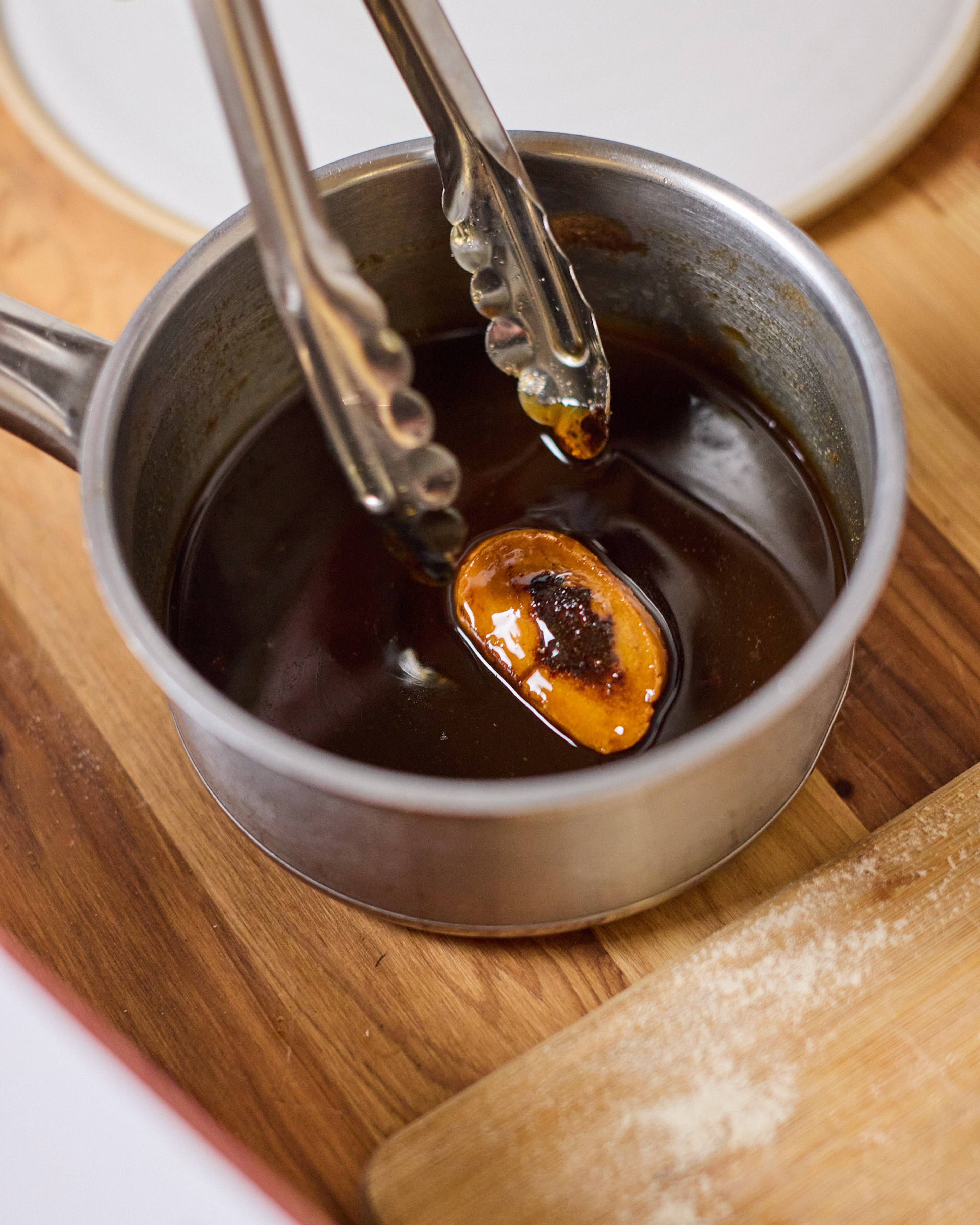
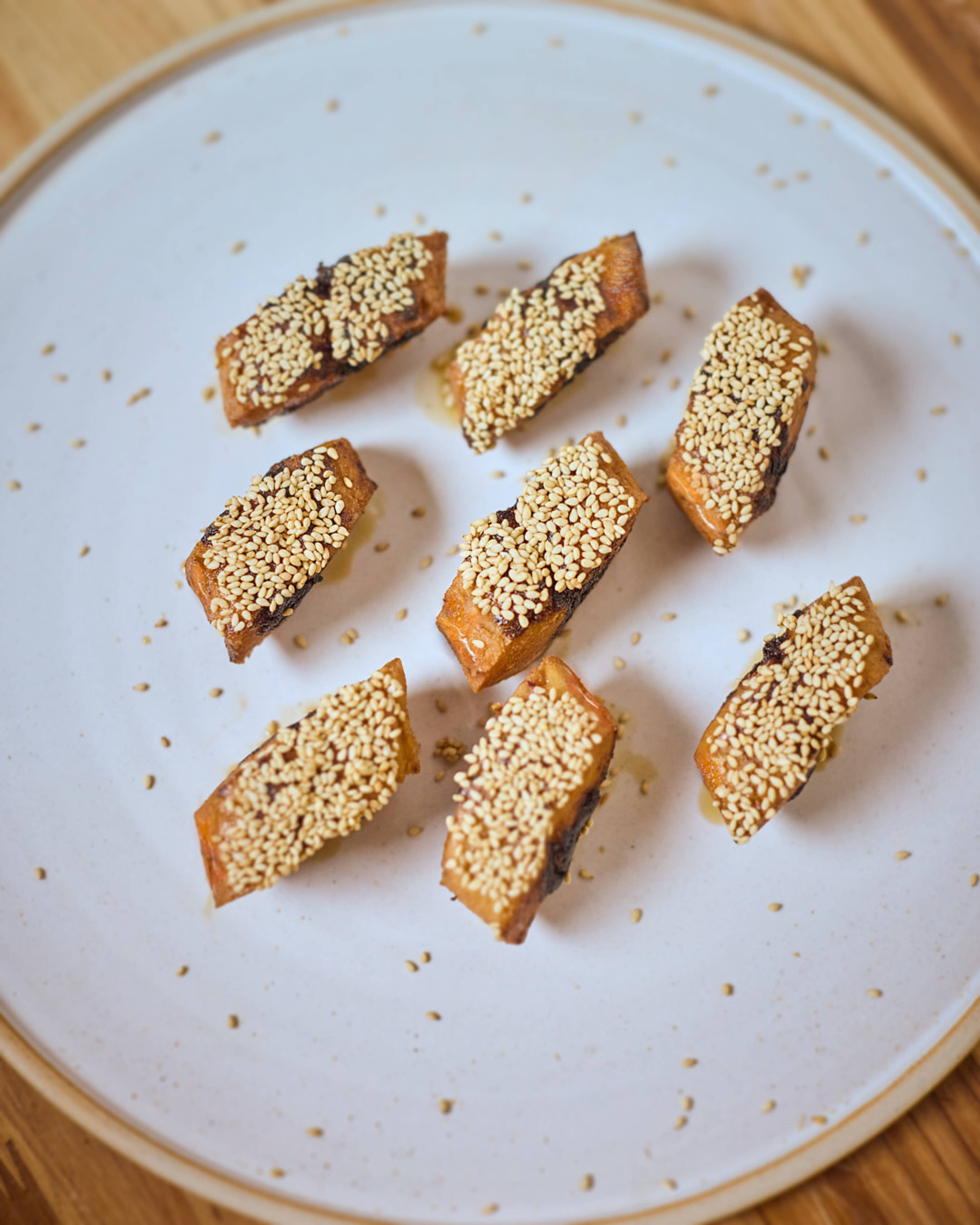
Hi Ben! What inspired you to develop a cookie recipe book in such depth?
I've always been way more curious about the history of food and how cultural traditions came to be, so when the opportunity to write a book about cookies came about, that was the point of view I wanted to take on the subject. I was very lucky that Phaidon and my editor agreed with me, so I set out to research every small and seemingly insignificant detail about cookies to learn all I could about them and write a book that uncovers as much information about them as possible.
Of the book’s many recipes, which was your favourite to develop?
I really loved tackling the American cookies because they have such a unique texture when seen in context to cookies and biscuits from everywhere else in the world. But I also loved cookies from Southeast Asia and North Africa too because they used such different flavours and ingredients than are often seen in "western" cookies.
How does seasonality figure in cookie making, if at all?
Not much, I found out, ha! Even fruit jams that are used for filling certain cookies around the world are themselves preserves that can be used throughout the year. Some cookies that use lots of spices and candied fruit are popular in the fall because candying fruit and using, say, pork lard in them were hallmarks of the post-harvest times of the year. But aside from those couple outliers, many cookies are designed to be made year round.
What was your biggest learning in regards to regional cookies when developing this book? How does cookie making differ around the world? How is it the same?
Regional cookies have many ingredients in common with each other, whether it be spices, fats, or sugars that are culturally relevant in a given area (cardamom in Scandinavia, ghee in the Middle East, panela in Latin America, for example). But even though each part of the world uses its own versions of the staple ingredients, the shapes and textures of the cookies are somewhat universal. Everyone loves a crumbly shortbread, a crisp waffle cookie, or a spice-filled cookie.
Which region has your favourite cookies?
Scandinavian cookie culture is very playful, and they've had a lot of time to tinker with varying designs, flavours, and textures, so for sheer whimsy, that region of the world is my favourite.
The book is rich with food traditions, is there one story that made a lasting impression? The story of the Austrian vanillekipferl is the most popular cookie in the world, I'd argue. Every culture has their take on it. So, finding it predecessors and cookies that came after it was really fun to trace and document. When a formula works (crumbly butter cookie with nuts that's covered in powdered sugar), why change it?
Stories
See allWe exist to fix the food system.
People are more cut off from the origins of their food than ever. This makes flavour, nutrition and farming practices that protect the planet, almost impossible to find.
By working directly with growers, we create a more sustainable way forward for farming. By giving everyone the tools to understand the power of our food choices, we empower everybody to become drivers of change.
Now is the time for action. Join the food system revolution.

Go beyond four seasons
Each fruit and vegetable has its own season, with subtle shifts which happen every day. Follow their microseasons to unlock flavour at every stage.
WHAT’S IN SEASON?

Know where your food comes from
We know the name of the people behind everything we source. Recognise their growing artistry to find out exactly where your food comes from (and why that matters).
MEET THE GROWERS

Make your diet diverse
Our growers work with varieties chosen for quality and nutrition, not yield. By selecting their crops you keep heritage seeds in play, add to ecosystem biodiversity and preserve unique flavours.
PEAK SEASON BOX
United Kingdom
© 2025 Natoora Ltd.
